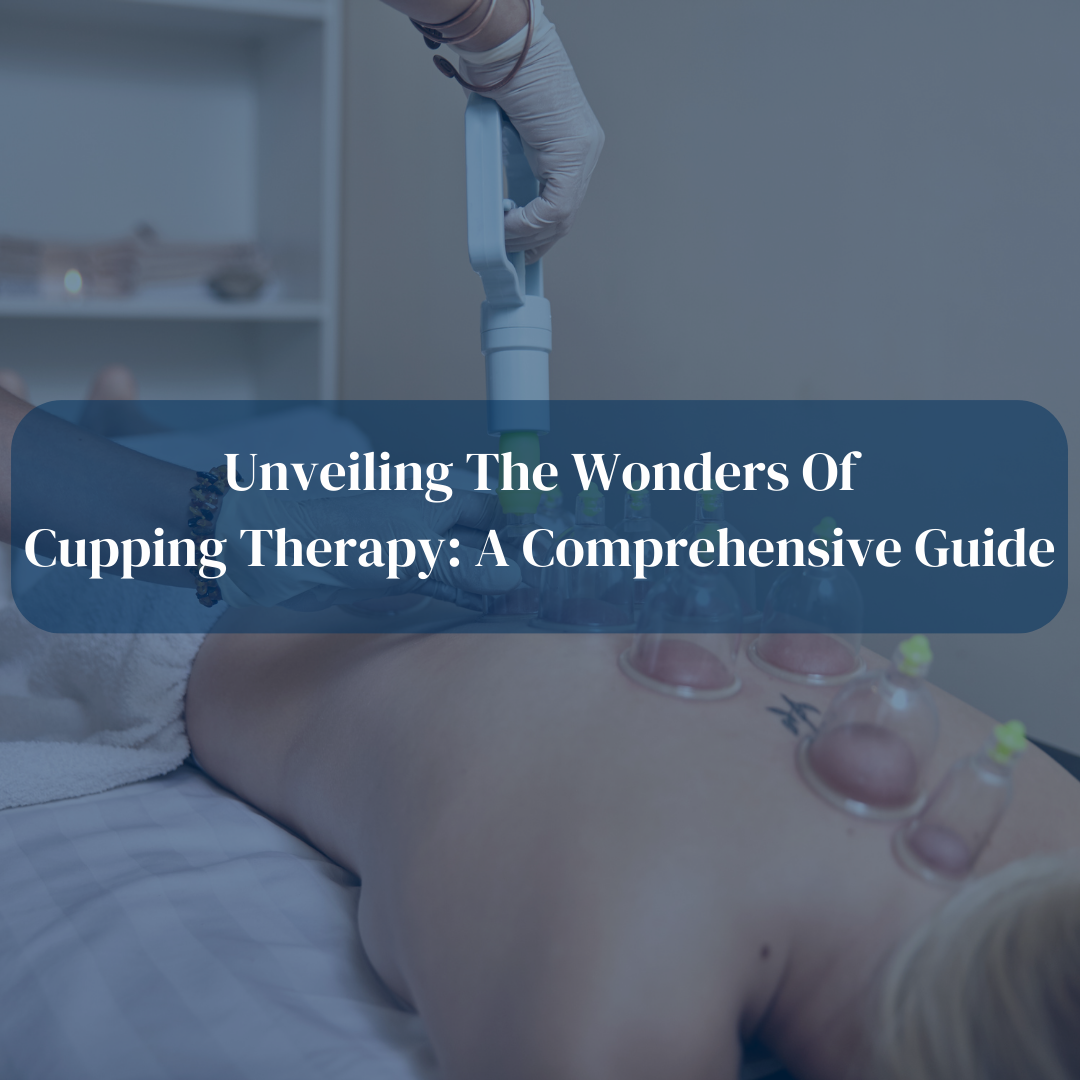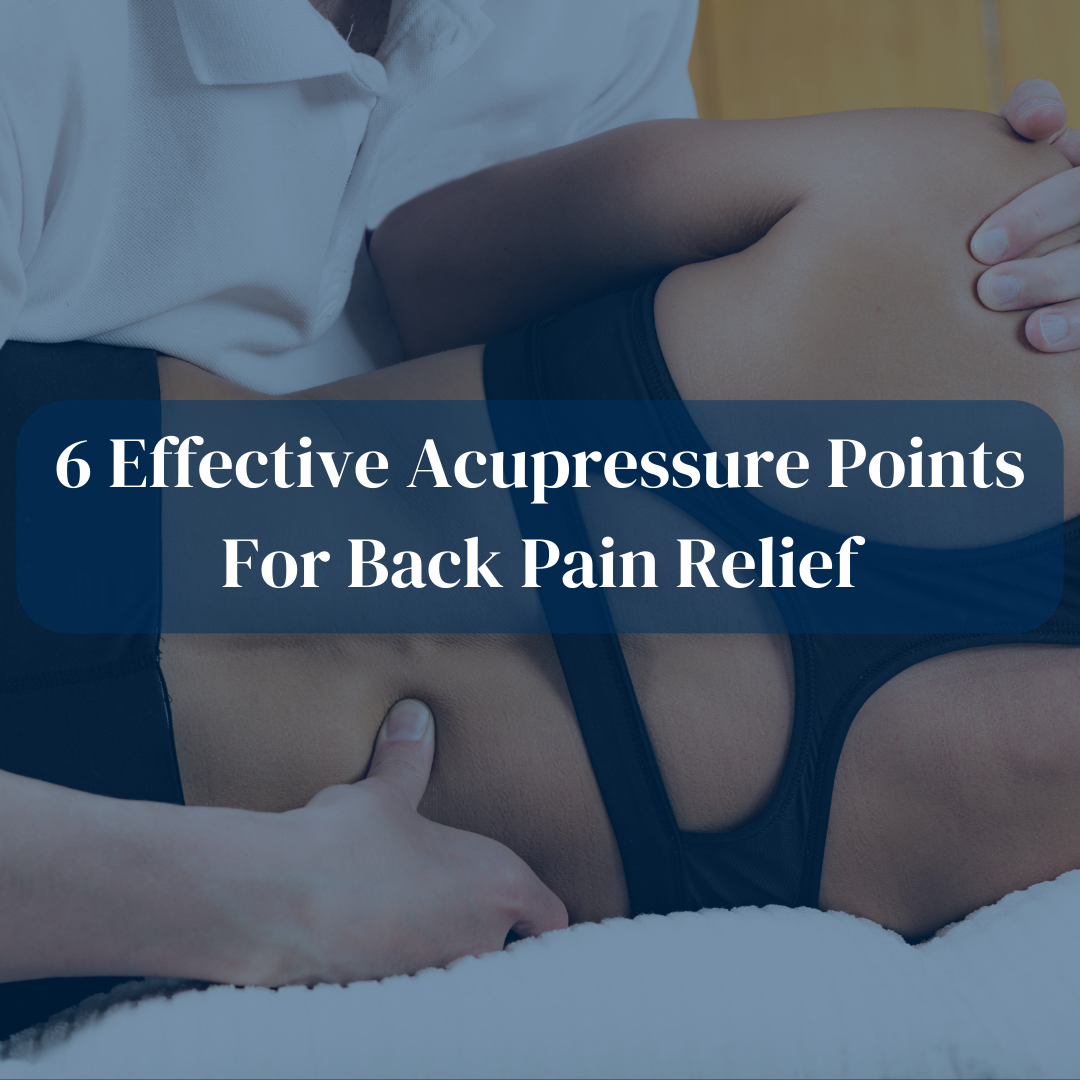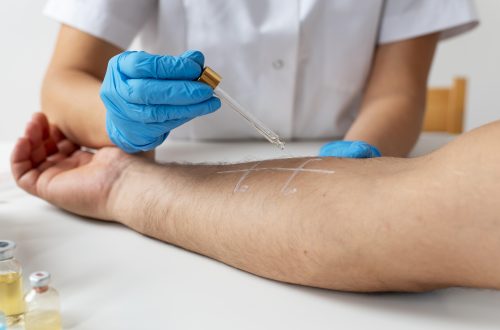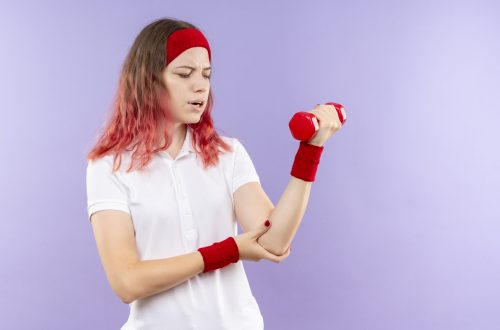Introduction
In the realm of holistic healthcare, two practices often spark intrigue and sometimes confusion – Dry Needling and Acupuncture. While both involve the strategic insertion of slender needles into the body, they serve distinct purposes. Let’s unravel the intricacies of these therapies to help you make informed decisions about your health and wellness journey.
Understanding Dry Needling
What is Dry Needling?
Dry Needling stands as a therapeutic marvel within the landscape of pain management and musculoskeletal rehabilitation. This technique, often employed by skilled physical therapists and healthcare practitioners, involves the precise insertion of thin needles into myofascial trigger points—those irritable knots found in muscles. Unlike acupuncture, which is rooted in traditional Chinese medicine, It draws inspiration from modern Western medicine and anatomy.
How Does it Work?
The crux of dry needling lies in its ability to target and release trigger points, which are tight bands within muscles causing pain and discomfort. As the needle penetrates the trigger point, it elicits a series of responses. Firstly, it stimulates a twitch response in the muscle, indicating the successful identification and engagement of the targeted area. This twitch response triggers a cascade of events, including an increase in blood flow, which fosters the delivery of oxygen and nutrients to the compromised muscle tissue.
Moreover, the insertion of needles into trigger points prompts the release of endorphins—our body’s natural painkillers. This dual-action approach not only helps in reducing local muscle tension but also contributes to the overall improvement of muscle function and mobility.
Conditions Benefiting from Dry Needling
The versatility of dry needling is evident in its applicability to various conditions, including:
1. Myofascial Pain Syndrome (MPS):
Dry needle excels in alleviating the pain associated with MPS, targeting trigger points responsible for radiating discomfort.
2. Chronic Muscular Pain:
Individuals suffering from persistent muscular pain, whether due to overuse, injury, or postural issues, find relief through the precise targeting of trigger points.
3. Neuromuscular Conditions:
Conditions characterized by imbalances in the neuromuscular system, such as muscular dystrophy or nerve entrapment syndromes, may benefit from the neuromodulatory effects.
4. Sports Injuries:
Athletes often turn to dry needling as a complementary therapy for sports-related injuries, aiding in quicker recovery and enhanced performance.
5. Tension-Type Headaches:
Chronic headaches stemming from muscle tension respond positively to the muscle-relaxing effects of dry needling, providing respite to those plagued by recurrent tension-type headaches.
The Art of Precision
Unlike acupuncture, where needles may be inserted along meridians or energy channels, dry needling is an art of precision. Practitioners meticulously locate trigger points based on anatomical knowledge and palpation skills. The result is a targeted and effective intervention that addresses the root cause of muscular pain and dysfunction.
In summary, It transcends beyond being a mere therapeutic modality; it’s a nuanced approach grounded in the scientific understanding of musculoskeletal anatomy and neurophysiology. The tailored precision with which it addresses specific musculoskeletal issues renders it a valuable asset in the comprehensive toolbox of modern pain management and rehabilitation.
Decoding Acupuncture
The Essence of Acupuncture
Acupuncture, rooted in traditional Chinese medicine, views the body as an interconnected system of energy channels or meridians. The insertion of fine needles at specific points along these meridians aims to restore the balance of energy, known as Qi, and promote overall well-being.
The Qi Connection
Practitioners believe that disruptions in the flow of Qi can lead to various health issues. Acupuncture, by targeting specific acupoints, seeks to harmonize this energy flow, addressing both physical and mental aspects of health.
Conditions Treated with Acupuncture
- Pain Management: Acupuncture is renowned for its efficacy in managing various types of pain, including chronic conditions like arthritis.
- Stress and Anxiety: The holistic approach of acupuncture extends to mental health, providing relief from stress, anxiety, and even insomnia.
- Digestive Disorders: Some individuals turn to acupuncture for alleviating digestive issues, as it aims to rebalance the body’s internal systems.
Choosing the Right Therapy for You
Factors to Consider
-
Nature of Condition: Consider the nature of your health concern. If it is primarily muscular, dry needling may be more targeted, whereas acupuncture addresses a broader spectrum of ailments.
-
Philosophical Approach: Understand the philosophical differences between the two therapies. Dry needling is grounded in Western medicine, focusing on anatomical and neurophysiological aspects. On the other hand, acupuncture embraces traditional Chinese medicine principles.
-
Practitioner Expertise: The effectiveness of both therapies heavily relies on the expertise of the practitioner. Ensure that your chosen professional is well-versed in the specific therapy you opt for.
Frequently Asked Questions (FAQs)
Are the needles the same in the Acupuncture and Dry Needling ?
No, they differ in theory, application, and purpose. Dry needling targets muscles, while acupuncture aims to balance energy flow along meridians.
Is Acupuncture better option than Dry Needling?
It depends on your health goals. If you seek relief from musculoskeletal issues, dry needling may be preferred. For overall wellness and balance, acupuncture is a holistic choice.
Is Dry Needling same as Acupuncture ?
No, they differ in theory, application, and purpose. Dry needling targets muscles, while acupuncture aims to balance energy flow along meridians.
Ready to explore your options for chiropractic and physiotherapy? Contact SwastyaPhysio today to schedule a consultation and discover the best path to your wellness journey. We’re here to support your health every step of the way.
Banaswadi | HBR layout | Kalyan Nagar | Kammanahalli | Horamavu | Hennur






